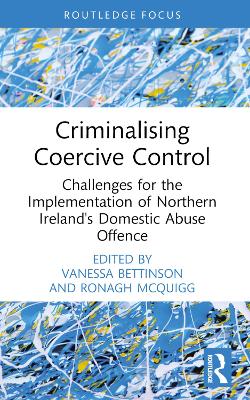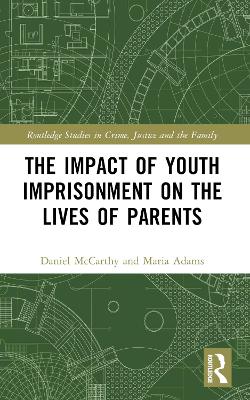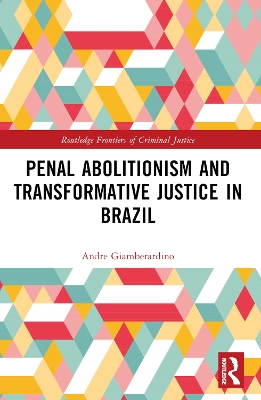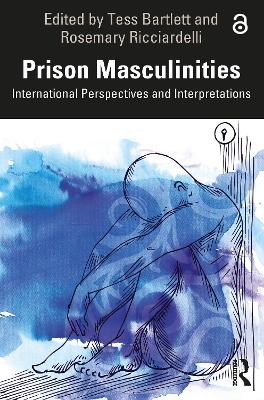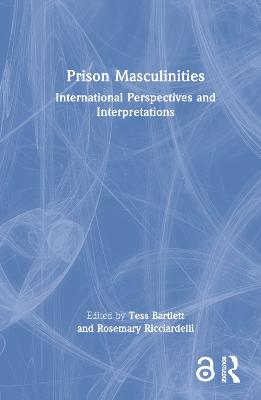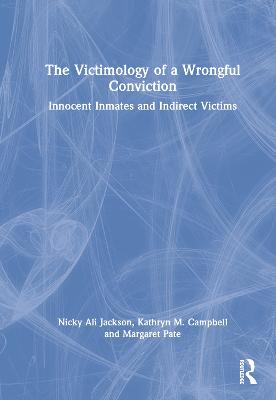Preventing Prison Violence
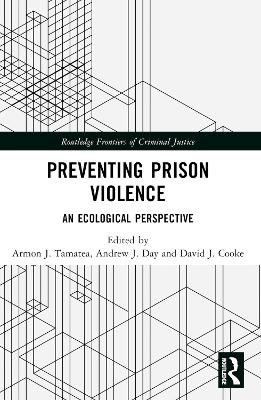 portes grátis
portes grátis
Preventing Prison Violence
An Ecological Perspective
Cooke, David J.; Day, Andrew J.; Tamatea, Armon J.
Taylor & Francis Ltd
12/2024
234
Mole
9781032224060
Pré-lançamento - envio 15 a 20 dias após a sua edição
Descrição não disponível.
Introduction: Steps to an Ecology of Prisons
PART ONE: KEY KNOWLEDGE
Chapter 1: Understanding Prison Violence: An Ecological Perspective
Chapter 2: Prison Violence: Definition and Measurement
Chapter 3: Toward a Gendered Ecological Approach for Understanding Prison Violence
Chapter 4: Elucidating the Ecology of Prisons: A look through the PRISM
Chapter 5: Preventing Prison Violence
PART TWO: VIOLENCE IN CONTEXT
Chapter 6: New Zealand Prison Violence: History, Prevalence and Organisational Responses
Chapter 7: What Do People in Prison Think about Violence?
Chapter 8: Correctional Staff: Roles and Experiences
PART THREE: CRITICAL ISSUES
Chapter 9 Critical issue 1: Colonialism, Settler Colonialism, and Supporting Indigenous as Violent
Chapter 10: Critical issue 2: Gangs
Chapter 11 Critical Issue 3: Prison Social Climates
Chapter 12: Critical Issue 4: The Prison Environment
PART FOUR: POSSIBILITIES AND SOLUTIONS
Chapter 13: An Approach to Preventing Prison Violence
Chapter 14: Exploring the Wicked Problem of Violence in Prison: Capturing the Complexity of Contexts
Chapter 15: Violence in Prisons: What Have We Learned So Far?
PART ONE: KEY KNOWLEDGE
Chapter 1: Understanding Prison Violence: An Ecological Perspective
Chapter 2: Prison Violence: Definition and Measurement
Chapter 3: Toward a Gendered Ecological Approach for Understanding Prison Violence
Chapter 4: Elucidating the Ecology of Prisons: A look through the PRISM
Chapter 5: Preventing Prison Violence
PART TWO: VIOLENCE IN CONTEXT
Chapter 6: New Zealand Prison Violence: History, Prevalence and Organisational Responses
Chapter 7: What Do People in Prison Think about Violence?
Chapter 8: Correctional Staff: Roles and Experiences
PART THREE: CRITICAL ISSUES
Chapter 9 Critical issue 1: Colonialism, Settler Colonialism, and Supporting Indigenous as Violent
Chapter 10: Critical issue 2: Gangs
Chapter 11 Critical Issue 3: Prison Social Climates
Chapter 12: Critical Issue 4: The Prison Environment
PART FOUR: POSSIBILITIES AND SOLUTIONS
Chapter 13: An Approach to Preventing Prison Violence
Chapter 14: Exploring the Wicked Problem of Violence in Prison: Capturing the Complexity of Contexts
Chapter 15: Violence in Prisons: What Have We Learned So Far?
Este título pertence ao(s) assunto(s) indicados(s). Para ver outros títulos clique no assunto desejado.
prison ecologies;prison violence;ecological approach;prevention efforts;Interpersonal violence;gang culture;predictive modelling;Prison Social Climate;Public Health Approach;Younger Men;Violating;Prison Officers;Wicked Problems;Violence Prevention;Zealand Prison;Prison Misconduct;SPJ;Barlinnie Special Unit;Stat NZ;Violent Misconduct;Psychopathic Personality Disorder;Psychopathic Personality;Prison Environment;Prison Gangs;Prison Unit;Causal Risk Factors;Security Threat Groups;Inmate Code;Street Gangs;Prison Climate;Prism Study
Introduction: Steps to an Ecology of Prisons
PART ONE: KEY KNOWLEDGE
Chapter 1: Understanding Prison Violence: An Ecological Perspective
Chapter 2: Prison Violence: Definition and Measurement
Chapter 3: Toward a Gendered Ecological Approach for Understanding Prison Violence
Chapter 4: Elucidating the Ecology of Prisons: A look through the PRISM
Chapter 5: Preventing Prison Violence
PART TWO: VIOLENCE IN CONTEXT
Chapter 6: New Zealand Prison Violence: History, Prevalence and Organisational Responses
Chapter 7: What Do People in Prison Think about Violence?
Chapter 8: Correctional Staff: Roles and Experiences
PART THREE: CRITICAL ISSUES
Chapter 9 Critical issue 1: Colonialism, Settler Colonialism, and Supporting Indigenous as Violent
Chapter 10: Critical issue 2: Gangs
Chapter 11 Critical Issue 3: Prison Social Climates
Chapter 12: Critical Issue 4: The Prison Environment
PART FOUR: POSSIBILITIES AND SOLUTIONS
Chapter 13: An Approach to Preventing Prison Violence
Chapter 14: Exploring the Wicked Problem of Violence in Prison: Capturing the Complexity of Contexts
Chapter 15: Violence in Prisons: What Have We Learned So Far?
PART ONE: KEY KNOWLEDGE
Chapter 1: Understanding Prison Violence: An Ecological Perspective
Chapter 2: Prison Violence: Definition and Measurement
Chapter 3: Toward a Gendered Ecological Approach for Understanding Prison Violence
Chapter 4: Elucidating the Ecology of Prisons: A look through the PRISM
Chapter 5: Preventing Prison Violence
PART TWO: VIOLENCE IN CONTEXT
Chapter 6: New Zealand Prison Violence: History, Prevalence and Organisational Responses
Chapter 7: What Do People in Prison Think about Violence?
Chapter 8: Correctional Staff: Roles and Experiences
PART THREE: CRITICAL ISSUES
Chapter 9 Critical issue 1: Colonialism, Settler Colonialism, and Supporting Indigenous as Violent
Chapter 10: Critical issue 2: Gangs
Chapter 11 Critical Issue 3: Prison Social Climates
Chapter 12: Critical Issue 4: The Prison Environment
PART FOUR: POSSIBILITIES AND SOLUTIONS
Chapter 13: An Approach to Preventing Prison Violence
Chapter 14: Exploring the Wicked Problem of Violence in Prison: Capturing the Complexity of Contexts
Chapter 15: Violence in Prisons: What Have We Learned So Far?
Este título pertence ao(s) assunto(s) indicados(s). Para ver outros títulos clique no assunto desejado.
prison ecologies;prison violence;ecological approach;prevention efforts;Interpersonal violence;gang culture;predictive modelling;Prison Social Climate;Public Health Approach;Younger Men;Violating;Prison Officers;Wicked Problems;Violence Prevention;Zealand Prison;Prison Misconduct;SPJ;Barlinnie Special Unit;Stat NZ;Violent Misconduct;Psychopathic Personality Disorder;Psychopathic Personality;Prison Environment;Prison Gangs;Prison Unit;Causal Risk Factors;Security Threat Groups;Inmate Code;Street Gangs;Prison Climate;Prism Study

